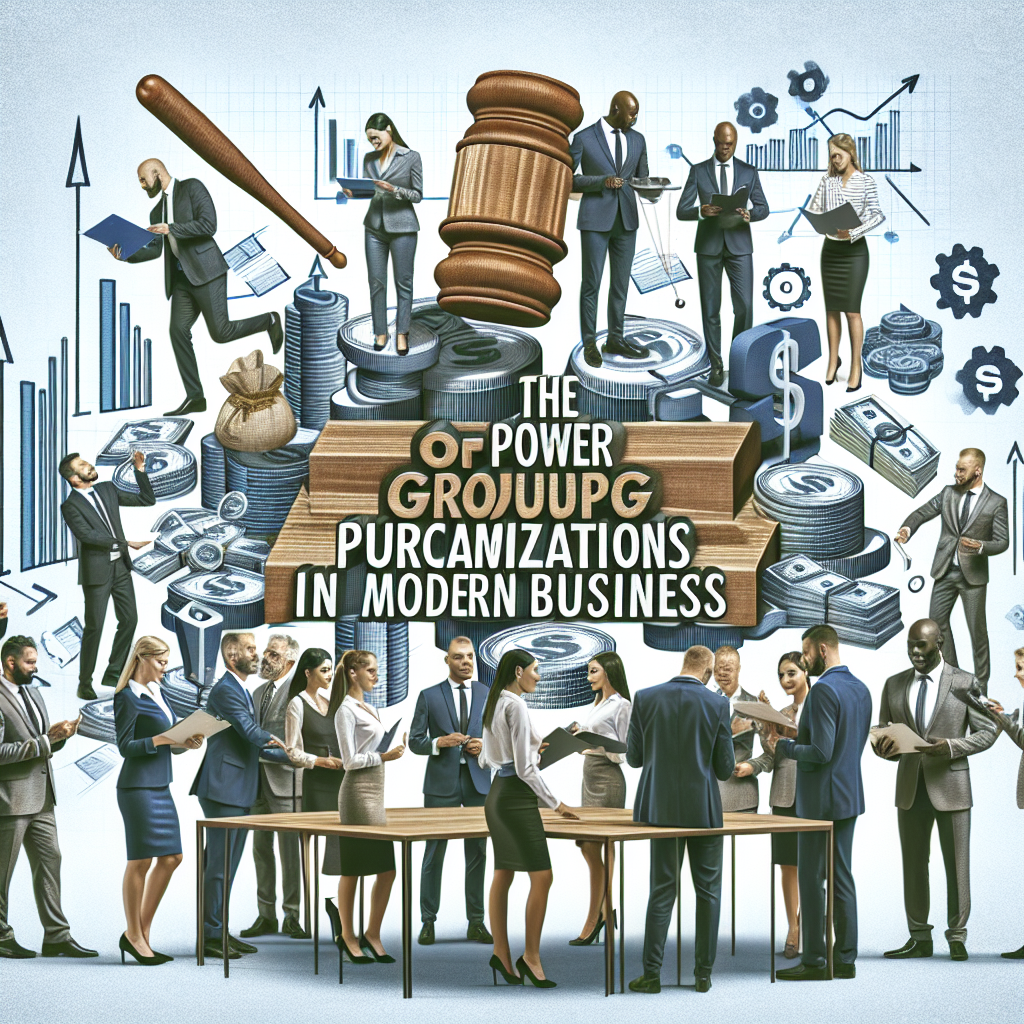Total Cost of Ownership (TCO) is a financial estimate that helps businesses determine the complete cost of owning and operating a product or service over its entire lifecycle. This includes not only the initial purchase price, but also ongoing costs such as maintenance, repairs, upgrades, and disposal. TCO takes into account all the direct and indirect costs associated with an asset, providing a more accurate picture of its true cost. By understanding TCO, businesses can make more informed decisions about their investments and better manage their resources.
In addition to the direct costs, TCO also considers the indirect costs associated with owning and operating an asset. These can include things like downtime, lost productivity, training, and support. By taking these factors into account, businesses can gain a more comprehensive understanding of the true cost of ownership and make more strategic decisions about their investments. Overall, TCO provides a holistic view of the financial impact of owning and operating an asset, helping businesses make more informed decisions and better manage their resources.
Calculating Total Cost of Ownership
Calculating TCO involves identifying and quantifying all the costs associated with owning and operating an asset over its entire lifecycle. This includes not only the initial purchase price, but also ongoing costs such as maintenance, repairs, upgrades, and disposal. To calculate TCO, businesses must consider both the direct and indirect costs associated with the asset, as well as any potential cost savings or benefits.
One common method for calculating TCO is to create a detailed cost breakdown that includes all the direct and indirect costs associated with the asset. This can include things like purchase price, installation costs, maintenance and repair costs, training costs, and disposal costs. By quantifying these costs, businesses can gain a better understanding of the true cost of ownership and make more informed decisions about their investments. Overall, calculating TCO requires a comprehensive analysis of all the costs associated with owning and operating an asset, providing businesses with a more accurate picture of its true cost.
Factors Affecting Total Cost of Ownership
There are several factors that can affect the total cost of ownership for a product or service. These can include things like the initial purchase price, maintenance and repair costs, energy efficiency, and resale value. By understanding these factors, businesses can make more informed decisions about their investments and better manage their resources.
One factor that can significantly impact TCO is the initial purchase price of the asset. While it may be tempting to opt for the cheapest option upfront, this can often result in higher long-term costs due to increased maintenance and repair expenses. Additionally, energy efficiency can also have a significant impact on TCO, as assets that are more energy efficient can result in lower operating costs over time. By considering these factors, businesses can make more strategic decisions about their investments and better manage their resources.
Strategies for Maximizing Total Cost of Ownership
There are several strategies that businesses can use to maximize the total cost of ownership for their assets. One common strategy is to invest in high-quality assets that are built to last. While these assets may have a higher upfront cost, they often result in lower long-term costs due to reduced maintenance and repair expenses. Additionally, businesses can also consider factors like energy efficiency and resale value when making purchasing decisions, as these can have a significant impact on TCO.
Another strategy for maximizing TCO is to implement proactive maintenance and repair programs. By regularly maintaining and repairing assets, businesses can prevent costly breakdowns and extend the lifespan of their assets. Additionally, businesses can also consider factors like energy efficiency and resale value when making purchasing decisions, as these can have a significant impact on TCO. Overall, by implementing these strategies, businesses can maximize the total cost of ownership for their assets and make more informed decisions about their investments.
Case Studies: Successful Implementation of Total Cost of Ownership
One example of successful implementation of TCO is in the automotive industry. Many car manufacturers have started to focus on TCO as a way to differentiate themselves from competitors and attract more customers. By providing customers with information about the long-term costs associated with owning and operating their vehicles, manufacturers are able to demonstrate the value of their products and build trust with consumers.
Another example of successful implementation of TCO is in the technology industry. Many companies have started to consider TCO when making purchasing decisions for IT equipment and software. By taking into account factors like maintenance and support costs, as well as energy efficiency and resale value, businesses are able to make more informed decisions about their investments and better manage their resources.
Common Pitfalls to Avoid when Considering Total Cost of Ownership
One common pitfall to avoid when considering TCO is focusing solely on the initial purchase price of an asset. While it may be tempting to opt for the cheapest option upfront, this can often result in higher long-term costs due to increased maintenance and repair expenses. Additionally, businesses should also be cautious about underestimating the indirect costs associated with owning and operating an asset, as these can have a significant impact on TCO.
Another common pitfall to avoid when considering TCO is failing to take into account factors like energy efficiency and resale value. By not considering these factors when making purchasing decisions, businesses may end up with assets that result in higher long-term costs due to increased operating expenses and reduced resale value. Overall, by being aware of these common pitfalls, businesses can make more informed decisions about their investments and better manage their resources.
The Long-term Benefits of Total Cost of Ownership
In conclusion, understanding and calculating TCO is essential for businesses looking to make more informed decisions about their investments and better manage their resources. By taking into account all the direct and indirect costs associated with owning and operating an asset, businesses can gain a more accurate picture of its true cost and make more strategic decisions about their investments. Additionally, by implementing strategies for maximizing TCO and avoiding common pitfalls, businesses can maximize the long-term benefits of TCO and achieve greater financial success. Overall, TCO provides a holistic view of the financial impact of owning and operating an asset, helping businesses make more informed decisions and better manage their resources.





